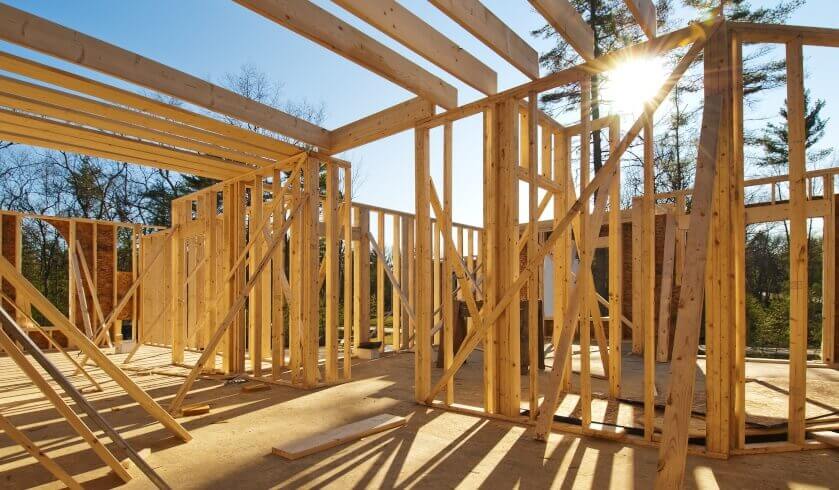Building sector to switch from driver to dragger, says new report
Australian building commencements are set to experience the sharpest contraction since the 2008 Global Financial Crisis, according to new expert analysis.

This is according to leading building market analyst and economic forecaster, BIS Oxford Economics, who added the downside risks of this trough; including high land costs, slowing migration, and falling investor demand, could spark a deeper correction.
To continue reading the rest of this article, please log in.
Create free account to get unlimited news articles and more!
In its Building in Australia 2018–2033 report, BIS Oxford Economics found that the real value of national building commencements rose an estimated 5 per cent in 2017–18 to A$118.5 billion — in constant 2015–16 prices. This is up 35 per cent in real terms since the last trough in 2011–12.
However, building commencements are forecast to fall a cumulative 10 per cent over the next two years, led by a 23 per cent correction in residential starts.
Associate director of construction, maintenance and mining, Adrian Hart, said the building sector will switch from being a strong growth driver to a drag on the economy.
“Over the next two years, the fall in residential building starts will accelerate sharply, particularly in the investor-driven apartments segment, which is set to fall 50 per cent. The very mild drop in residential commencements in 2017–18 is just the beginning.”
He said the key driver of the residential building downturn is falling investor demand.
“Domestic and foreign investor demand is weakening in the face of tougher lending criteria and increased foreign buyer charges.
“In turn, falling demand and rising supply is driving lower house prices, which also affects the attractiveness of housing as an investment asset. While price falls are expected to be modest, the high concentration of investor demand in attached dwellings will see this part of the market fare worst of all over the next two years.”
The report found that the investor retreat has opened up opportunities for first home buyers and upgraders and downsizers, but strong growth in land prices is likely to constrain house commencements.
“Land prices have spiked in Sydney and Melbourne in recent years, pricing many people out of the market for new houses,” said Mr Hart.
“This will act as a disincentive for new house building and pull buyers towards the established dwelling market.”
He said a correction in dwelling commencements is coming
While total dwelling commencements saw flat growth in 2017–18, it was a very different picture by state and territory, with Tasmania (+25 per cent), Victoria (+13 per cent), South Australia (+9 per cent) and the ACT (+6 per cent) offsetting falls elsewhere.
“However, as the apartment boom turns to bust, those states and territories which saw the greatest increases in recent years are forecast to see the greatest corrections in total dwelling starts.”
Mr Hart said this will particularly affect the eastern states of NSW (-26 per cent over the next two years), Victoria (-29 per cent) and Queensland (-15 per cent), as well as the ACT (-27 per cent) where a record 80 per cent of dwelling starts in 2017–18 were attached dwellings.
“Despite the severity of the decline in the eastern states, national dwelling starts will remain at levels greater than any year prior to 2014 driven by sustained population growth and improving economic conditions.”
Mr Hart also said that while there are local pockets of oversupply, only Western Australia and Queensland are experiencing a significant net oversupply of dwelling stock at a state level.
“With stock deficiency to start rising nationally again from 2019–20, we anticipate a renewed upswing in residential building starts through the early to mid-2020s,” said Hart.
“But we could experience a deeper downturn before then, and a delayed recovery, if fundamental drivers of residential activity, such as net overseas migration or investor demand, were to ease more than expected.”

